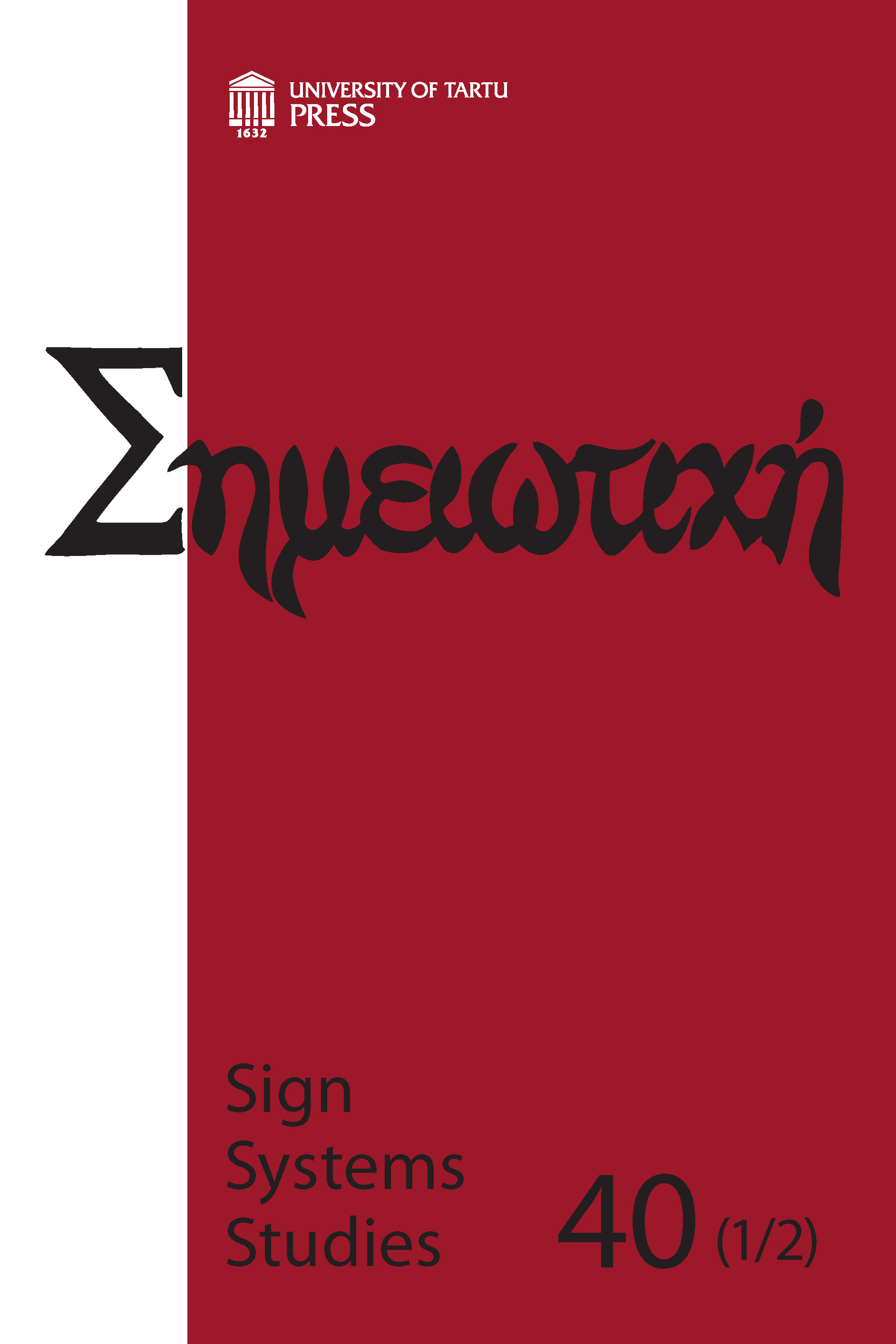Notes on the metrical semantics of Russian, French and German imitations of Janus Secundus’s Basium II
DOI:
https://doi.org/10.12697/SSS.2012.1-2.08Abstract
This article links Konstantin Batiushkov's poem Elysium (1810) to the tradition of poetic imitations of Janus Secundus's Basium II. A French equivalent for this poem's pythiambic distichs was invented by Ronsard (Chanson, 1578), who used cross-rhymed quatrains with regular alternation of dodecasyllabic and hexasyllablic lines. However, the French translators of Basia of the eighteenth and early nineteenth centuries could not use this metre, because its semantic aura was drastically changed by Malherbe's Consolation à Monsieur du Périer (1598). Batiushkov's Elysium as well as its Latin and French sources are poems about a delightful death and the union of lovers in the afterlife; yet the metre, which was used in Malherbe's poem, was for more than two centuries a metre of mournful elegiac stanzas about eternal separation. The question of a metrical prototype for Batiushkov's poem still remains undetermined. His "anacreontic" trochaic tetrameter does not have analogues in the Latin original or its French translations, but coincides with the metre of G. A. Bürger's Die Umarmung from 1776 (of which Batiushkov was hardly aware in 1810), and finds parallels in some eighteenth-century Russian imitations of Basium II which were most likely forgotten by the beginning of the nineteenth century.Downloads
Download data is not yet available.
Downloads
Published
2012-09-01
How to Cite
Pilshchikov, I. (2012). Notes on the metrical semantics of Russian, French and German imitations of Janus Secundus’s Basium II. Sign Systems Studies, 40(1/2), 155–176. https://doi.org/10.12697/SSS.2012.1-2.08
Issue
Section
Articles


